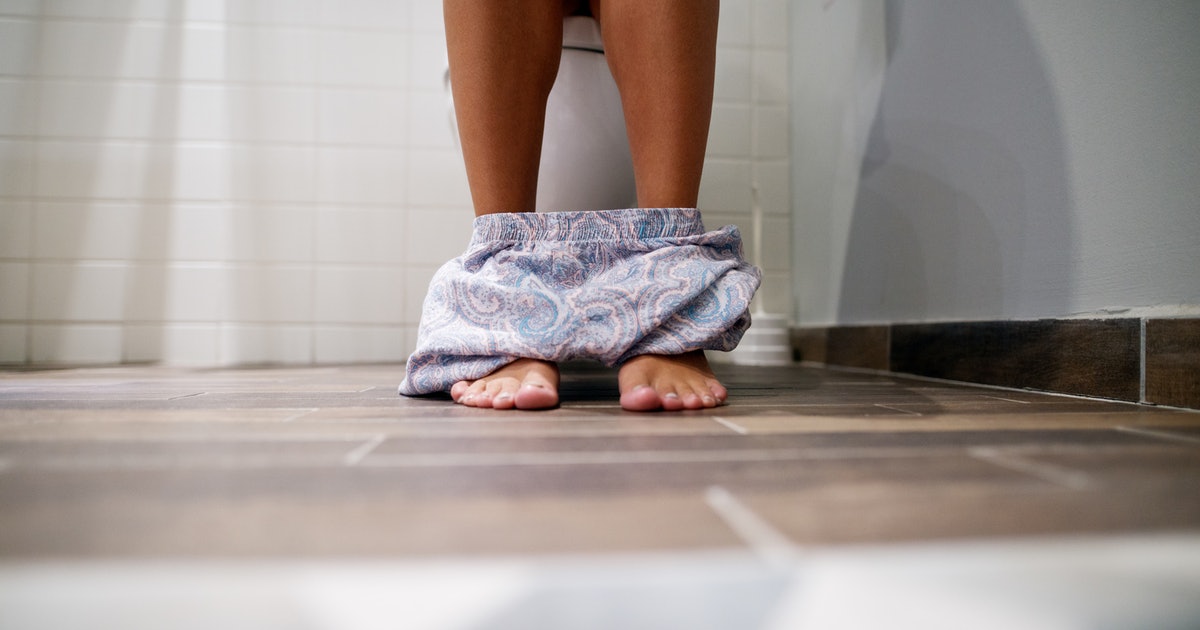Symptoms Of Hydronephrosis
Hydronephrosis is a condition where the kidney has become swollen due to urine build up in the bladder. Urine can build up due to a blockage exiting the bladder or from reverse flowing from the bladder, or reflux. This can occur in one or even both kidneys and often is caused by an underlying condition. Cancers such as bladder, cervical, and prostate can all block the correct flow of urine out of the body. Other causes include kidney stones, blood clots, scar tissue, and an enlarged prostate. Hydronephrosis is treated by correcting the underlying issues. If left untreated, this condition can advance to kidney failure requiring dialysis or even a kidney transplant. Symptoms of hydronephrosis are covered in detail over the following slides.
Flank Pain

Flank pain is located along the sides and back of the body where the kidneys lie. Sometimes, there is no flank pain with hydronephrosis. Pain can vary widely in intensity depending on the severity of the condition and will be felt on the side of the body of the affected kidney. If both kidneys are affected, pain can encompass the entire abdominal area. Often, flank pain due to hydronephrosis on the right side of the body is mistaken for appendicitis, while left-side pain is mistaken for acute diverticulitis. The difference with flank pain caused by hydronephrosis is it usually migrates to the abdomen or groin area. Visiting a medical professional is essential to determine the cause of the pain for proper treatment.
Problems With Urination

Hydronephrosis causes problems with urination, including incomplete evacuation, incontinence, or pain while urinating. The inability to empty the bladder directly causes a back up of urine in the bladder and reflux of urine into the kidney. Incontinence means the individual cannot control the leakage of urine from the bladder. This can be exacerbated by strenuous exercise, coughing, sneezing, laughing, or typical daily activities. Pads can be worn to prevent bladder leakage from coming through the clothes. Another problem with urinating includes pain while voiding the bladder, which can sometimes mimic a urinary tract infection. Without proper voiding of the bladder, individuals may always feel the need to use the toilet, which can interrupt sleep and daily tasks.
